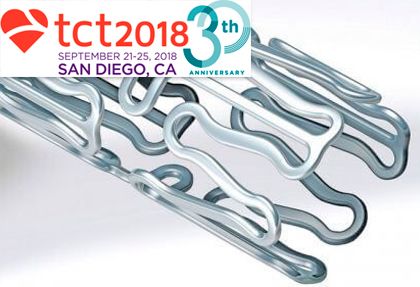This study had published thrombosis and revascularization rates at one year after stenting, but today one year seems rather short, which is why this cohort was followed up for 5 to 7 years more, to be able to properly assess the differences between first and second generation DES.
 There were no significant differences a t 7 years for revascularization or thormbosis between the new generation everolimus eluting stents and first generation sirolimus eluting stents.
There were no significant differences a t 7 years for revascularization or thormbosis between the new generation everolimus eluting stents and first generation sirolimus eluting stents.
There were advantages in favor of second generation DES for combined events (death, target vessel myocardial infarction, clinically driven target vessel revascularization): 13.3% vs 18.1%, respectively (p=0.001).
Conclusion
With no differences in death or thrombosis rates between both generations, differences were found in revascularization and secondary combined end points.
Original title: 7-Year Follow-up from a Randomized Trial of Sirolimus-Eluting vs. Everolimus-Eluting Stents in Patients with Coronary Artery Disease (RESET).
Presenter: Hiroki Shiomi.
Get the latest scientific articles on interventional cardiologySubscribe to our weekly newsletter
We are interested in your opinion. Please, leave your comments, thoughts, questions, etc., below. They will be most welcome.





